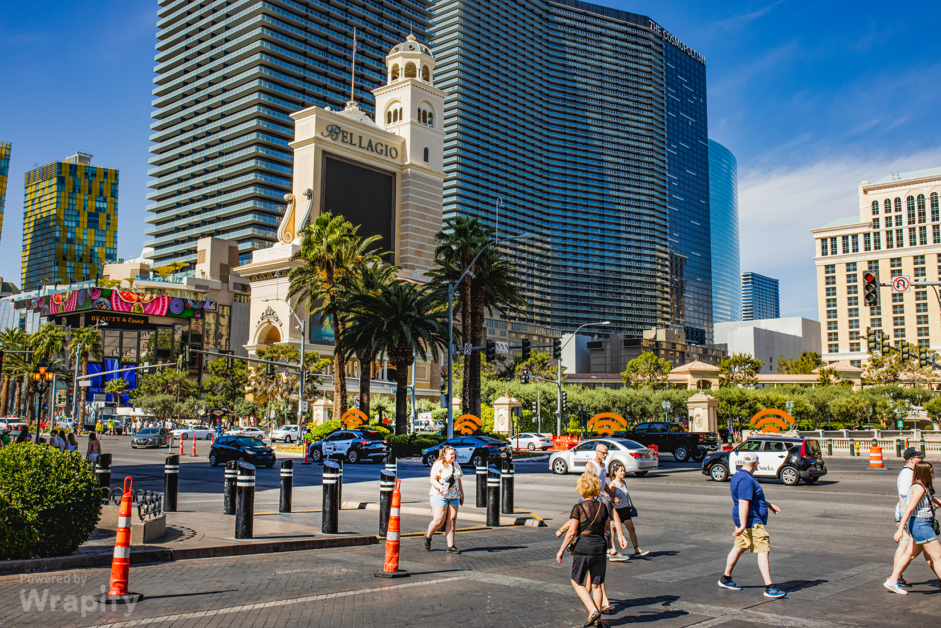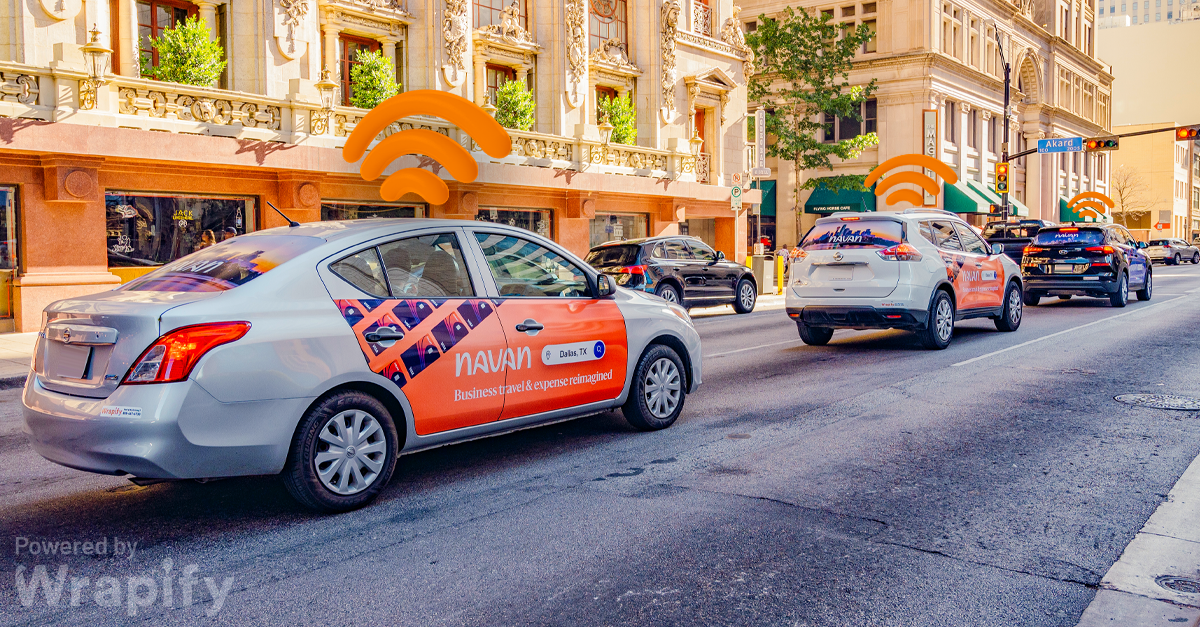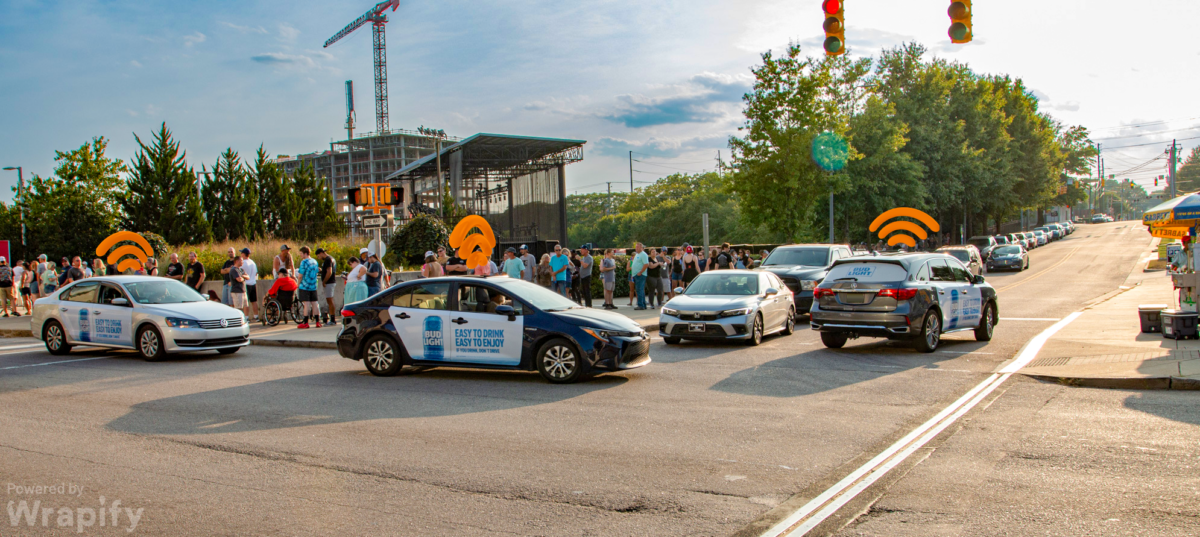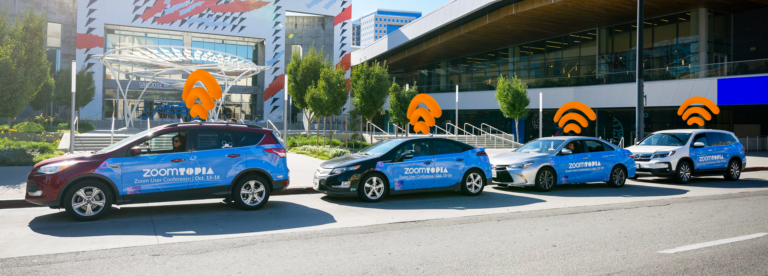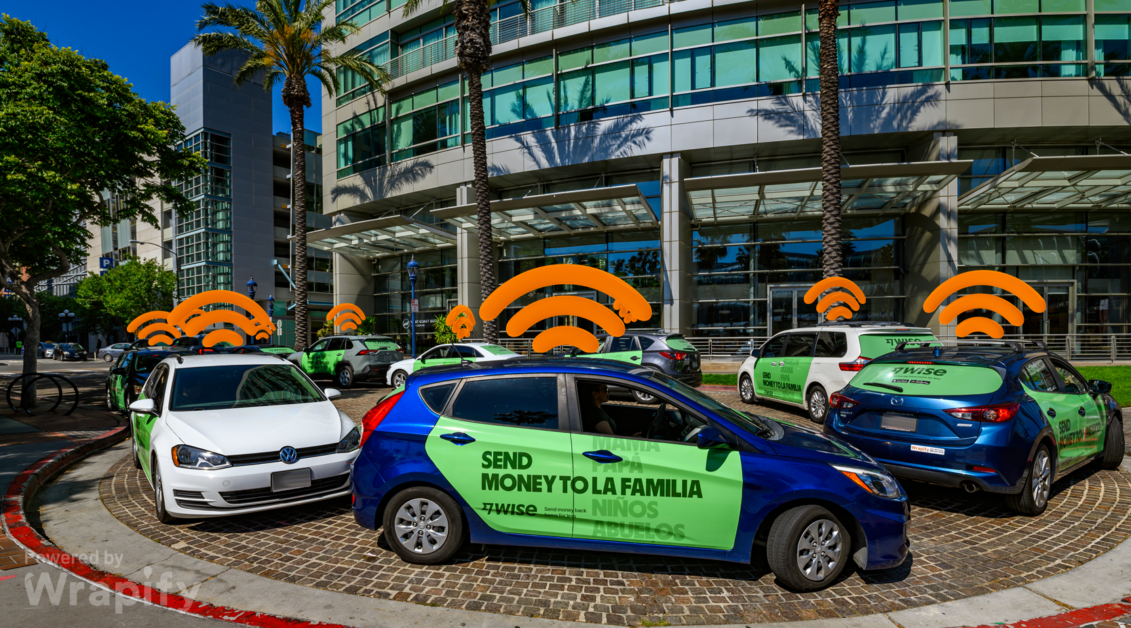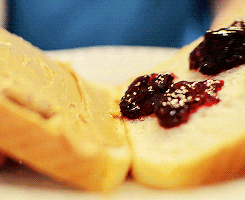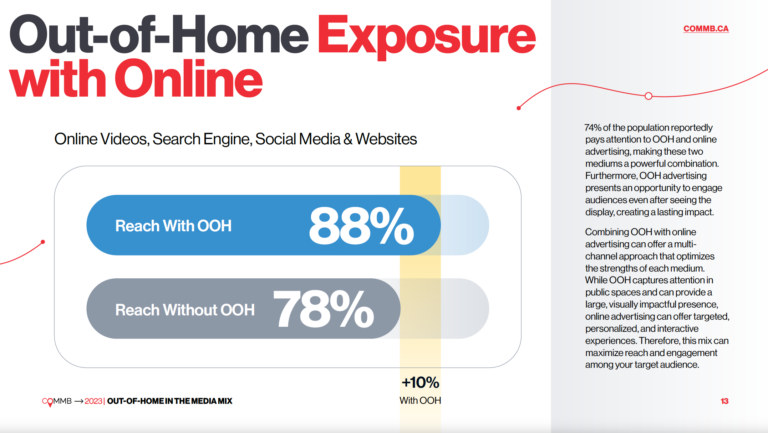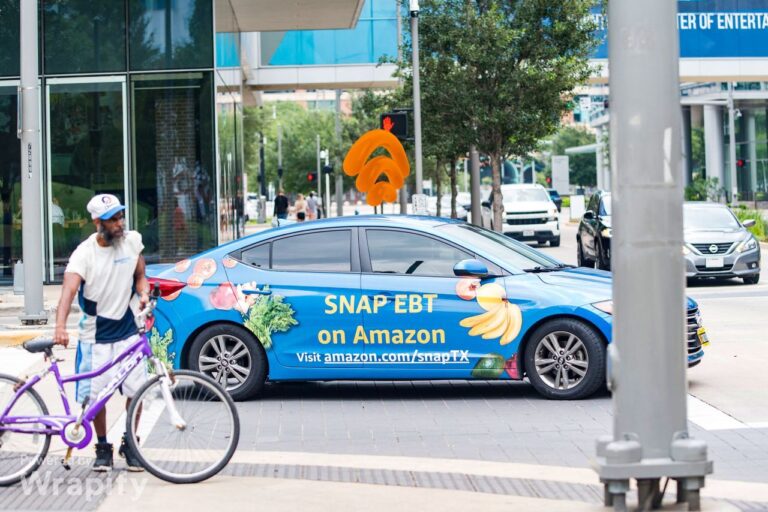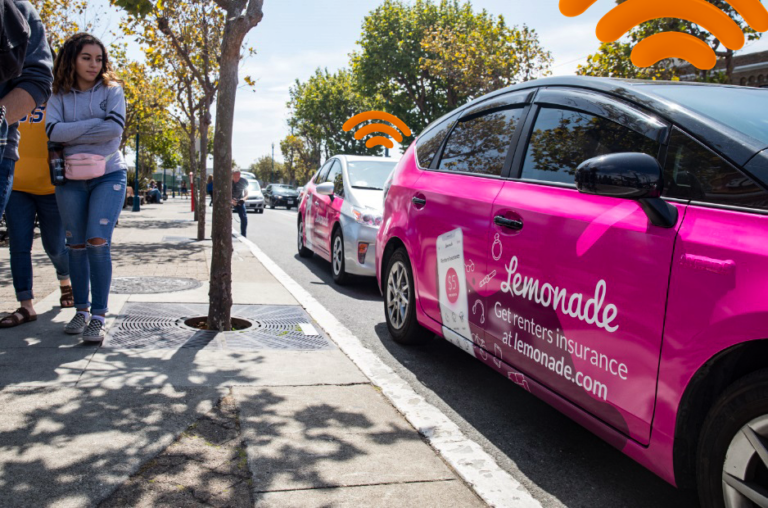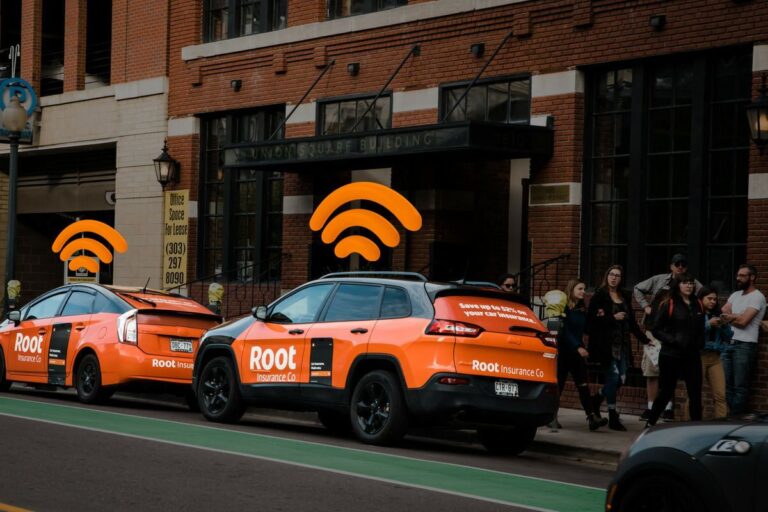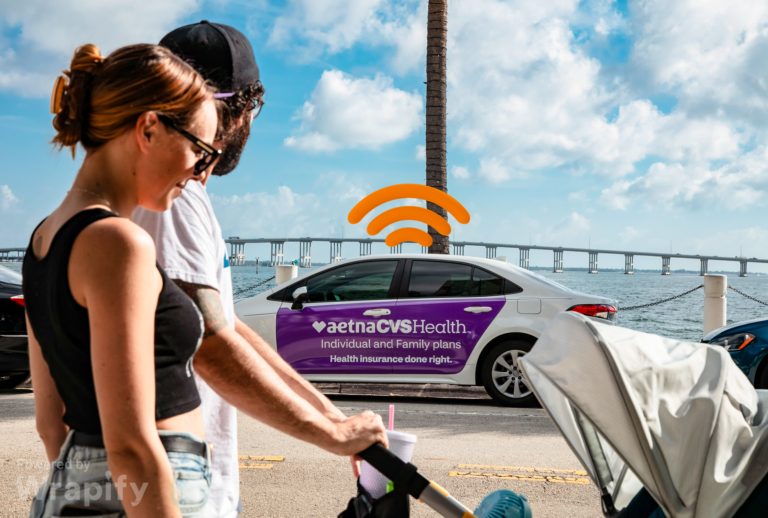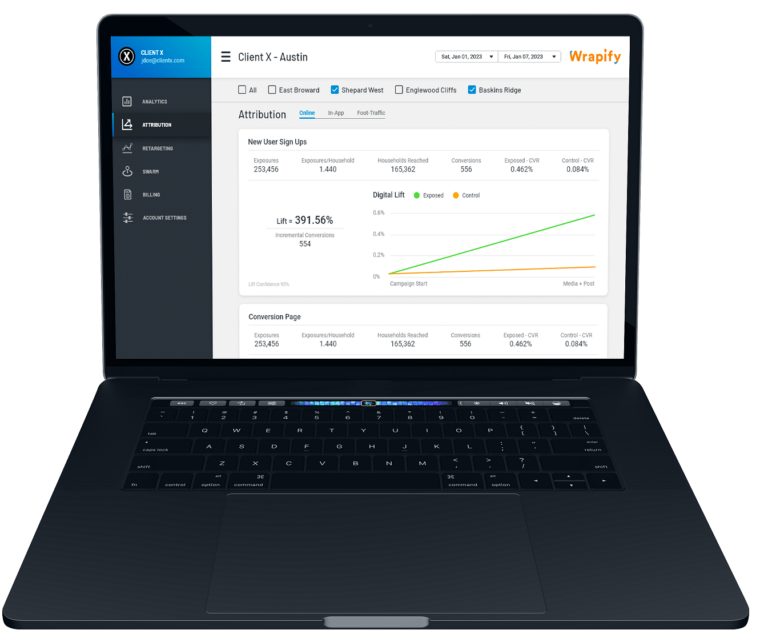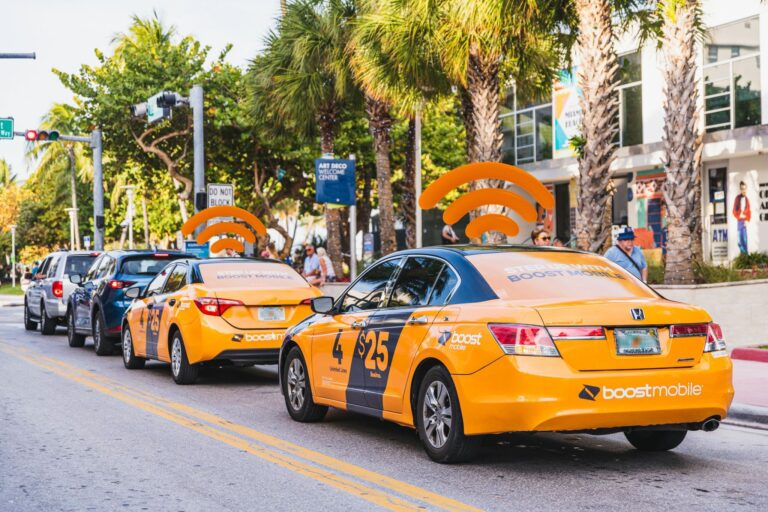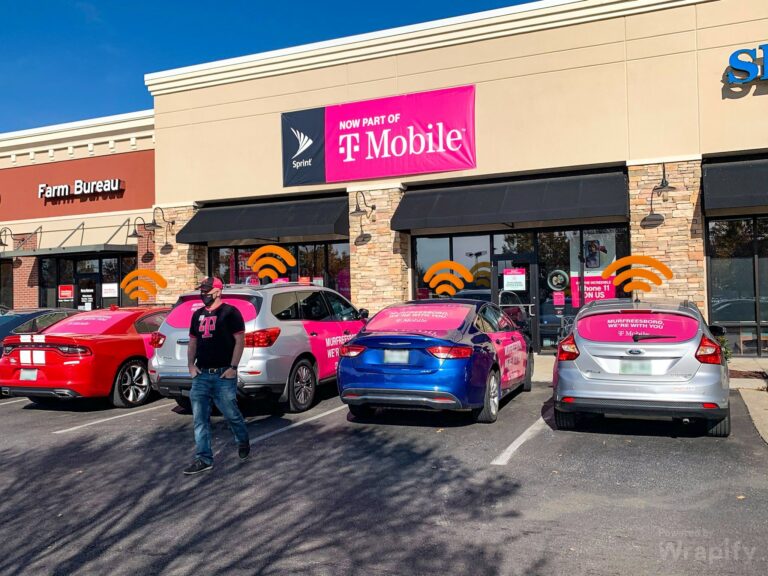GET TACTICAL
As sports betting laws are legalized in states across the country, your go-to-market strategy must have a sound plan in place. In order to ensure you cover all bases, we’ve broken it down into the top 3 things to focus your attention on. Implementing these out-of-the-box strategies will aid in breaking any barriers between you and your target audience.

- DIFFERENTIATE YOUR MARKETING STRATEGY
You’re hitting the local television channels and radio stations, purchasing roadside real estate, and of course, utilizing digital media. While you utilize these mediums, keep in mind that your competitors are also taking advantage of most of these channels as well. The only way to stand out is to be different. Getting creative with your campaign messaging and visuals will go a long way. - CONSIDER SEASONALITY
What works in the summer may not make sense for the winter and vice versa. Are there certain events or holidays happening that will prompt crowds? Consider all things when planning your launch in new markets to get the most out of your marketing efforts. - OUTDO YOUR COMPETITION
No matter how good you know your platform is, you have to get consumers to believe that. If they don’t first believe it, they will never try it out. Always remember seeing is believing. That’s where market domination will come in. You have to fire on all cylinders; both big and small. Ensuring your brand is front and center of your audience.
ONE SOLUTION TO COVER ALL BASES?
There is no way one thing can do all of the above. That’s what you’re thinking, right? Actually, there is a way… The way in is through Wrapify’s premier rideshare advertising platform.
Differentiate your marketing strategy with power creatives, wager presence at relevant events in any market, and outdo your competition by generating brand awareness with a heavy multi-faceted brand presence.
Talk to our team today!
